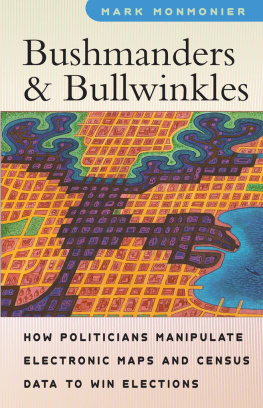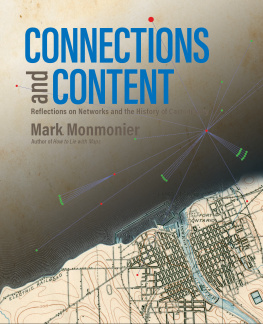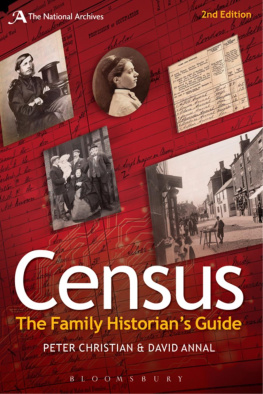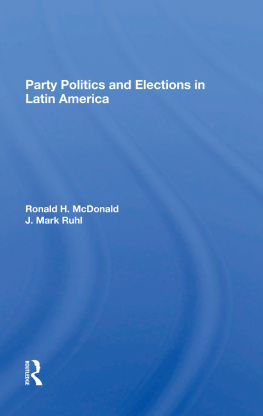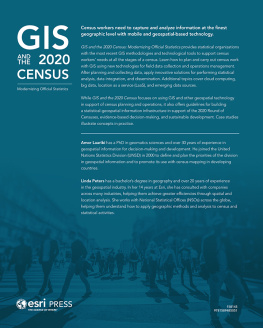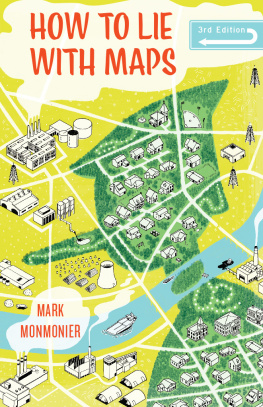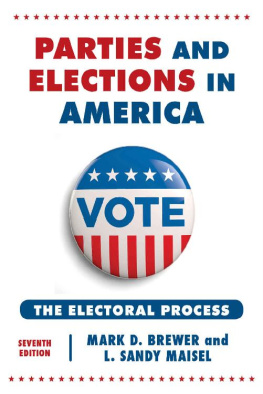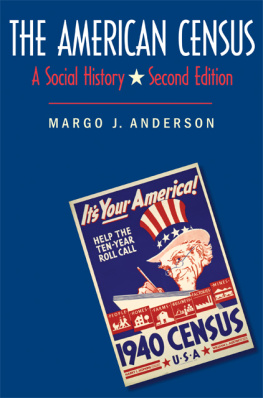A professor of geography in the Maxwell School of Citizenship and Public Affairs at Syracuse University, Mark Monmonier is the author of eleven books, including How to Lie with Maps, Cartographies of Danger: Mapping Hazards in America, and Air Apparent: How Metorologists Learned to Map, Predict, and Dramatize Weather, all published by the University of Chicago Press.
The University of Chicago Press, Chicago 60637
The University of Chicago Press, Ltd., London
2001 by The University of Chicago
All rights reserved. Published 2001
Printed in the United States of America
10 09 08 07 06 05 04 03 02 01 1 2 3 4 5
ISBN 978-0-226-15940-9 (ebook)
ISBN: 0-226-53424-3 (cloth)
Library of Congress Cataloging-in-Publication Data
Monmonier, Mark S.
Bushmanders and bullwinkles: how politicians manipulate electronic maps and census data to win elections / Mark Monmonier.
p.cm.
Includes bibliographical references and index.
ISBN 0-226-53424-3 (alk. paper)
1. GerrymanderingUnited States. 2. Apportionment (Election law) United States. 3. Election districtsUnited States. 4. CartographyPolitical aspectsUnited States. 5. Geographic information systemsPolitical aspectsUnited States. I. Title
JK1341.M66 2001
328.73'073455dc21
00-060727

The paper used in this publication meets the minimum requirements of the American National Standard for Information SciencesPermanence of Paper for Printed Library Materials, ANSI Z39.48-1992.
PREFACE
Remap is not in the dictionary, but it should be, as both verb and noun. Every ten years America counts heads, reallocates seats in the House of Representatives, and raises the blood pressure of elected officials and wannabe lawmakers by remapping election districts for Congress and state legislatures. And many jurisdictions also reconfigure city councils, town boards, or school districts. Because the way political cartographers relocate district boundaries affects who runs as well as who wins, a remap can strongly influence, if not determine, what a government does or doesnt do, what activities it bans or encourages, and which citizens absorb the costs or reap the benefits. Although redistricting refers to the process of drawing lines while reapportionment more narrowly connotes the reallocation of House seats among the states, neither term adequately alludes to the map itself as an object of debate and manipulation, if not litigation and ridicule.
Equally important is gerrymander, a dictionary term with two shades of meaning. For many political scientists, gerrymandering is nothing more than deliberately increasing the number of districts in which a particular party or group is in the majority. They see this kind of manipulation as neither unfair nor illegal: if a states constitution lets the party in power enhance its control, so be it. But for the media, the general public, and some judges, the term suggests sinister shapes that signify unfair if not illegal manipulation and undermine confidence in our electoral system. Although legal scholars differ on whether irregularly shaped districts are expressive harms that warrant judicial intervention, the post-1990 remap made unprecedented use of electronic cartography to craft cleverly contorted, racially motivated gerrymanders.
I wrote Bushmanders and Bullwinkles to promote an informed appreciation of redistricting, including the variety of plausible remaps and their diverse effects. In showing how boundaries can serve or disadvantage political parties, incumbents, and racial or ethnic groups, I want to make readers aware of how legislators, judges, and other elected officials use the decennial remap to promote personal or ideological agendas. Although the discussion frequently raises questions of fairness, my goal is not a cynical deconstruction of a fundamental political process but a skeptical, and I hope insightful, look at the complex relationships among geography, demography, and power. Despite my focus on congressional districts, the principles and ploys examined here apply as well to legislative districts at the state and local levels.
Although librarians and booksellers might shelve this book with works on political science, I approached the project as a study in the history of cartography in the late twentieth centuryan examination of how legislators, redistricting officials, and constitutional lawyers use maps as both tools and weapons. In this vein, I emphasize two themes: the persuasiveness of cartographic propaganda and the technological momentum of computerized mapping. Detailed geographic databases and efficient interactive mapping systems have helped legislators and judges craft extraordinarily intricate districts designed to favor minority candidates, entrenched incumbents, or a particular party, and the Rorschach-like silhouette of the post-1990 remap has replaced the classic gerrymander cartoon as the emblem of perverse political cartography.
I focus on the map as a tool for both computation and communication. Within this framework, I examine the history of American political cartography, including relevant legislation, judicial decisions, and legal opinion. recapitulates the vexatious issues of race, shape, and geography and explores challenges of redistricting during the first decade of the twenty-first century. In addition to forcing redistricting officials to confront two sets of census results as well as to accommodate growing numbers of mixed-race Americans, the post-2000 remap will test the restraint of politicians tempted to binge on highly contorted yet arguably constitutional nonracial gerrymanders.
Over fifty maps explain how various gerrymanders work and why some redistricting plans attract judicial scrutiny and public scorn. Addressed directly in all cases, these maps are a vital part of the story and merit more than a cursory glance. Numbers tell another part of the story: counts of residents, minority voters, or registered Republicans (or Democrats) are, after all, what the maps represent and what their authors seek to either equalize or maximize. Although numbers are unavoidable in any serious discussion of redistricting, simple illustrative examples and straightforward percentages or indexes like the disparity ratio not only make the numbers less intrusive but add meaning to the discussion.
Several people were especially helpful in my search for maps and legal information: Ron Grim and Gary Fitzpatrick, at the U.S. Library of Congress; Ted Holynski, at Syracuse Universitys H. Douglas Barclay Law Library; Congressman James Walsh, of New Yorks Twenty-fifth Congressional District; Marshall Turner, at the U.S. Bureau of the Census; Daniel Hennessy, of New York States Legislative Task Force on Demographic Research and Reapportionment; Teresa Neighbor, at the Election Department in Cambridge, Massachusetts; and Douglas Amy, on the political science faculty at Mount Holyoke College. For assistance with imaging software, I am especially grateful to Mike Kirchoff, at the Syracuse University Cartographic Laboratory, and Jeff Bittner, in the Faculty Academic Computing Support Services unit. At home, my wife Marge and daughter Jo were, as always, helpful and tolerant.
Twist and Clout
GEORGE HERBERT WALKER BUSH, forty-first president of the United States, shares a unique political legacy with Elbridge Gerry, our fifth vice president, under James Madison. In 1812, while Gerry was governor of Massachusetts, his party, Thomas Jeffersons Democratic-Republicans, controlled the state legislature. In redrawing senatorial district boundaries after the census of 1810, the Jeffersonians hoped to win more seats by packing Federalist voters into a few strongholds while carving out a long, thin Republican district along the northern, western, and southwestern edges of Essex County. Gerry disliked the plan but signed the remap into law anywaya veto, he thought, would be improper.) that enshrined Gerrys name in the language as a political pejorative, with its hard
 The paper used in this publication meets the minimum requirements of the American National Standard for Information SciencesPermanence of Paper for Printed Library Materials, ANSI Z39.48-1992.
The paper used in this publication meets the minimum requirements of the American National Standard for Information SciencesPermanence of Paper for Printed Library Materials, ANSI Z39.48-1992.
